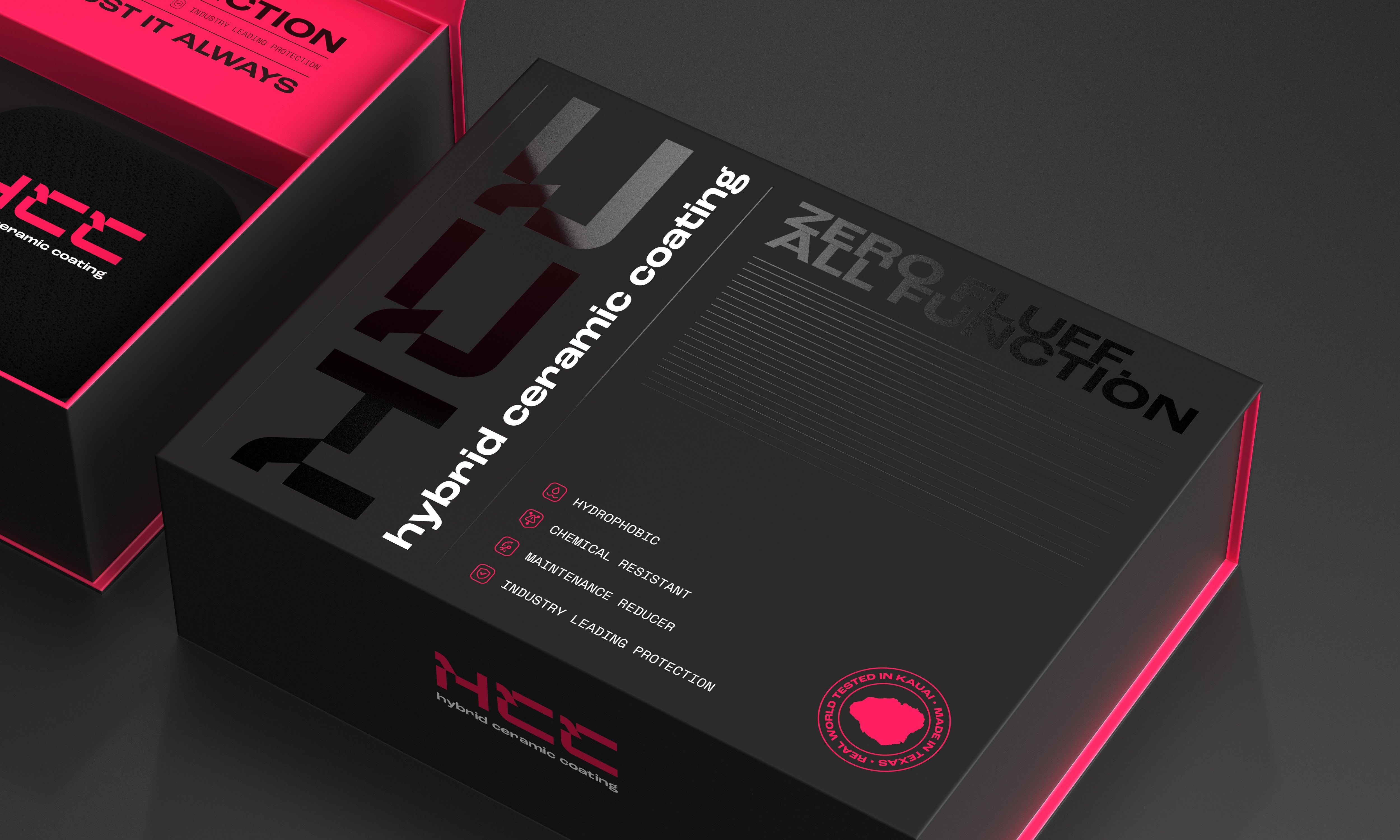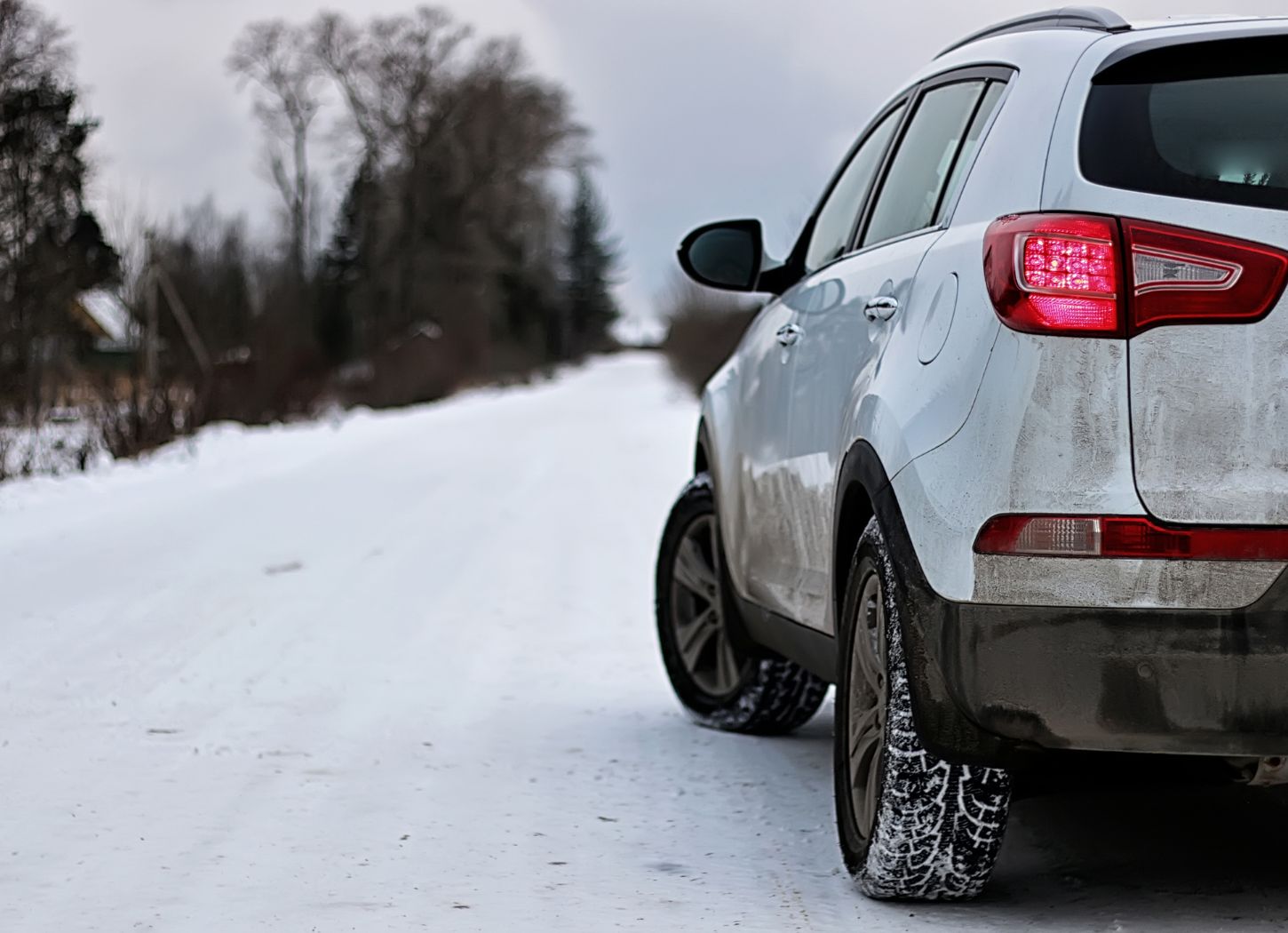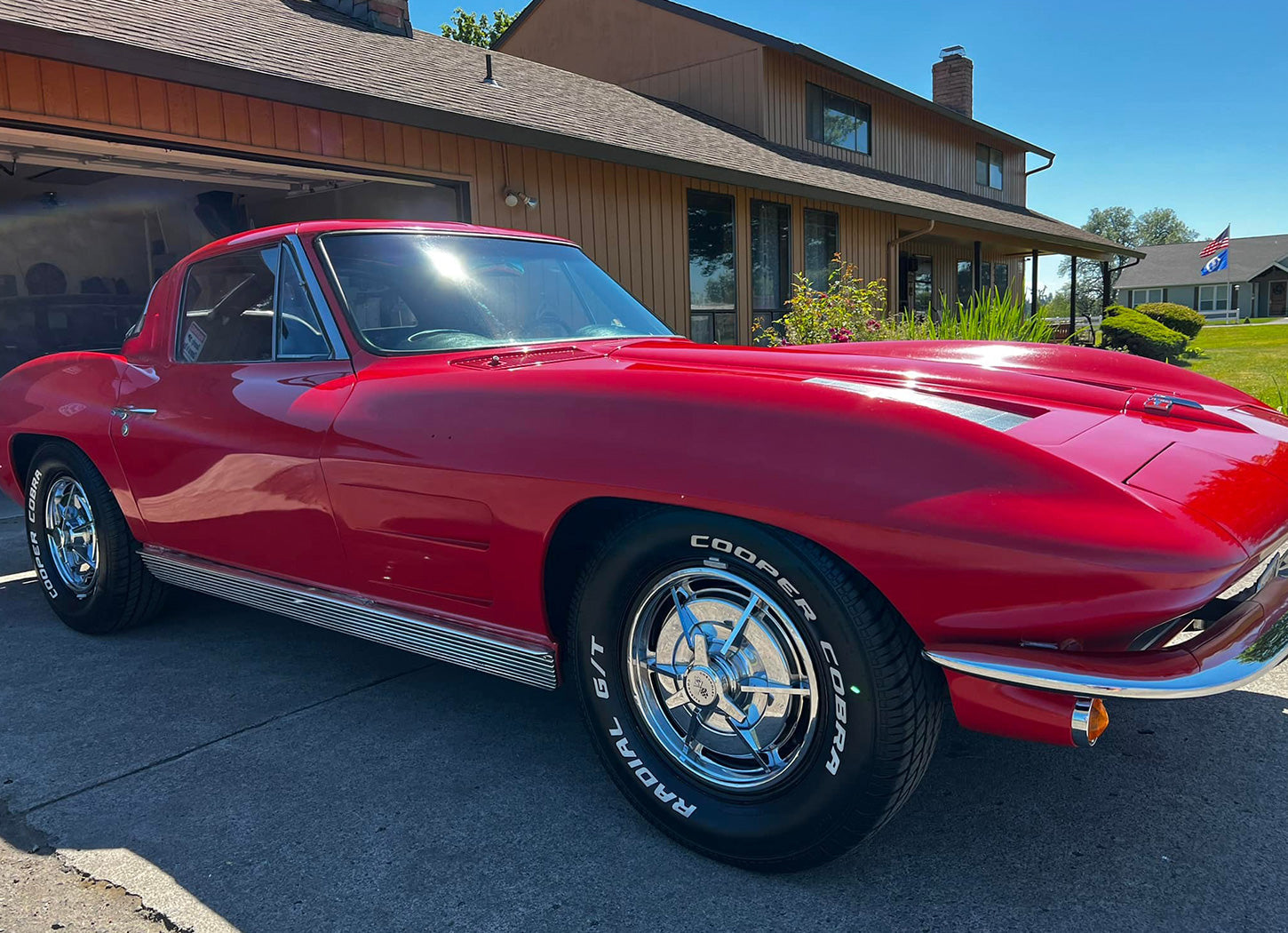Table of Contents
Spring Car Maintenance Is A No-Brainer
If you’re a car enthusiast, you’ve probably carefully prepped your ride for the winter. Now that the temperatures are beginning to rise, it’s time to de-winterize and perform some seasonal car care.

Early spring is the ideal time to give your car some love and perform a thorough maintenance check. This way you can detect and address any issues caused by harsh winter weather before they get worse. Preventative car maintenance will help you protect your investment and keep it in top shape. It will also save you money by eliminating the need for repairs in the near future.
Here are 10 things you need to do to ensure your vehicle makes a smooth transition into spring weather.
Give Your Car A Thorough Spring Cleaning
Spring cleaning isn’t limited to your house. After the cold season, your car needs some TLC too.

If you live in a climate with a lot of snow, chances are your ride was exposed to a lot of road salt over the past couple of months. Road salt makes driving on icy roads safer, but it also causes long-term damage to vehicles. As you drive, it gets flicked up underneath and on the sides of the car. If you allow the salt to remain there, rust forms and starts eating away at your vehicle. This is why it’s important to give your exterior and undercarriage a thorough clean once winter ends.

Hand washing with a dedicated car soap is the ultimate way to clean your ride. It allows you to be thorough and gentle, ensuring that every hard-to-reach spot is cleaned. For the underside, we suggest using a pressure washer and paying close attention to bumpers and wheel wells. When you’re done, inspect your vehicle for rust. If you spot any, tackle it immediately so it doesn’t cause more damage.

And don’t forget the interior! Salt, dirt, and grime have a way of getting in there too. Wash your mats and vacuum the floor. Then move on to your seats and put your favorite upholstery or leather cleaner to use. Lastly, examine your emergency kit. Remove anything you won’t be needing now that winter is behind us and make sure that all of the essentials are in working order.
Make Sure Your Paint Is Contamination-Free
While your car is still wet, run your fingers over the panels. If the surface doesn’t feel smooth or you’ve noticed other signs of paint contamination, decontaminate before any damage occurs.

Chemical decontamination with an Iron & Fallout Remover is the way to go if you don’t have issues with deeply embedded fallout. It’ll get the job done without the risk of scratching your ride and it needing polishing afterward. Also, it’s very effective for breaking down contaminants in tight spots that are difficult to reach when cleaning.
If your car feels smooth after chemical decontamination, there is no need to perform physical decontamination. However, if it doesn’t, you’ll need to employ a clay bar or a clay mitt. Just keep in mind that since iron particles are very small, they can be missed when claying. That’s why it’s a good idea to employ both decontamination techniques when tackling a highly contaminated vehicle.
Assess The Performance Of Your Protective Coating
If you have a multiyear protective coating installed, assess its performance after washing & decontaminating the paint. If it's not performing optimally, don’t panic.

A neglected or "clogged" coating often appears as if it has failed. It stops beading water and the decrease in gloss becomes very noticeable. In reality, your coating probably hasn’t failed - it just needs some attention.
The easiest way to bring your coating back to life is Undrdog WSP. Our water spot remover is formulated to effortlessly remove even the most difficult spots, stains, and mineral deposits without damaging vehicles’ surfaces.
Unclogging your coating with WSP is a simple process. While the surface of your car is still wet, wipe it using an applicator pad or microfiber towel with WSP. Let the product sit for a little while (no longer than a minute), and then go in with a neutralizer like Undrdog Soap.
There you have it. Your coating is restored to its original condition. If it doesn’t seem like your coating has fully recovered, give it a couple of days and wash the vehicle again. We guarantee it will look brand new, but if you want some extra gloss and hydrophobicity, you can apply Undrdog Quick Detail as a topper.
Inspect Your Windshield And Wiper Blades
Windshield cracks are quite common in wintertime. If you neglect them, they can lead to more significant issues down the line. On top of that, windshield cracks present a danger to you and your passengers in the case of an accident.

To ensure safety and avoid costly repairs, it’s important to inspect your windshield for cracks after winter. If you notice any, we suggest that you get them fixed asap.
And don’t forget your wiper blades! Freezing weather can cause cracks in them as well. Since showers are frequent in spring, it’s imperative that your wipers are in good condition. This will provide good visibility, which means safety on the road.

If your wiper blades are smearing water across the windshield, missing spots, and hampering your vision in any other way, give them a good clean. All you need for that is a microfiber towel and a dedicated auto glass cleaner. If that doesn’t do the trick, you should probably get them replaced.
Replace Your Engine Oil And Filter
Regular oil and filter changes are a way of maintaining the health of your engine. This is because oil naturally picks up contaminants as it lubricates and cools your engine. After a while, the filter becomes dirty and the impurities make the oil less effective.

To extend the life of your engine, it’s vital that you replace your oil twice a year, after you've driven between 5,000 and 7,500 miles. Early spring is a great time for that! It will ensure optimal engine performance and fuel consumption throughout the warmer months when you’ll be on the road more often.
Check The Levels Of Other Fluids
After replacing your oil and oil filter, it’s smart to confirm you have optimal levels of other vehicle fluids too. The list includes transmission fluid, power steering fluid, engine coolant, brake fluid, and window washer fluid.

Low transmission fluid is the leading cause of transmission problems. The reason is simple - transmission fluid is the lifeblood of the transmission. Considering that the average automatic transmission repair will set you back $1,000 - $2,000, you really should be checking the levels of your transmission fluid frequently.

If your steering has become increasingly difficult or you hear squealing sounds when turning, check the level of your power steering fluid. Some PSF reservoirs have fluid level indicators on the outside, which makes the task super easy. If yours doesn’t, refer to your owner’s manual for the manufacturer’s recommendation on how to approach this.

Up next is the engine coolant. This fluid prevents your engine from overheating year-round, but it’s especially important during the higher temperature months. Look to see if your coolant level is below the minimum fill line marked on the reservoir. If yes, go ahead and top it up to the maximum level, but not above!

Brake fluid needs changing every two or three years. However, there are exceptions. If your car has a clear reservoir, take a look; if it doesn’t, remove the cover. The liquid should be light and clear. If it’s anything other than that, your brake fluid is dirty and needs to be changed. Also, if you have a garage queen, it’s possible that condensation formed within the braking system. Condensation creates moisture which most brake fluids absorb. This changes the fluid’s functionality, affecting the way it compresses within the system. Because of this, owners of classic rides should change their brake fluid every spring.
Assuming that your brake fluid is fine, all you need to do is check its level. If it’s below the “full” line, top it off. Keep in mind that low brake fluid could signal a leak or other problem in the system that should receive your immediate attention.

Last on the list is window washer fluid. Chances are you used up a lot of it over the cold season, due to all the salt, grime, and snow. Now is the time to refill!
Examine Your A/C And Air Filters
With warm weather ahead, it’s wise to test your air conditioning system. Run the fan at all speeds. If the A/C is weak, chances are you’re low on Freon. If it’s not that, you might have to see a mechanic for clogged filters, cooling fan, or radiator issues. Fixing a blown A/C can be costly, but it’s worth the price when you consider the heat we’ll experience in a couple of months.

Spring is also a great time to replace both your air and cabin filters. A clogged air filter will severely impact engine performance. The dirt stuck in it will reduce the air flowing through the engine, making it burn more fuel. Thankfully, changing your air filter is simple and inexpensive. The same goes for your cabin filter, which is usually right behind the glove compartment. Replacing it will truly make breathing easier, especially if you struggle with seasonal allergies.

Test Your Lights And Brakes
You need all your lights in working order to stay safe on the road. Do a walkaround and check turn signals, brake lights, marker lights, tail lights, tag lights, and daytime running lights. If you notice any bulbs that are dim or burnt out, find appropriate replacements and swap them out.

Pay close attention to your headlights. If they’re yellowish and foggy, give them a thorough clean or invest in headlight restoration. If you want to keep your headlights in top condition for longer, protect them with a coating.

While we’re on the topic of safety, brakes are one of the most important car parts that provide it. Driving on worn brakes is dangerous year-round, but even more so in wet spring weather. If you start hearing grinding or clanking noises when stopping or slowing down, or a continuous high-pitched squeal while driving - it’s high time to get your brakes serviced. Even if you don’t hear any unusual noises, it’s advisable to inspect your brake pads and drums at least every 6 months.
Evaluate The State Of Your Tires
Tires are the only point of contact between the rest of your vehicle and the road, so it’s important to keep them well-maintained.

Those of you who live in cold climates most likely still have your winter tires on. We suggest you change those out now that spring has rolled in. Driving on winter tires in the warmer months can lead to poor stability and responsiveness, less gas mileage, and extended spotting power. Once you replace them, give them a wash before storing in a cool, dry area.

If you’re lucky enough to be able to get away with all-weather tires all year round, check their condition. Inspect tread depth by performing the penny test and look for any signs of damage. If your tires have experienced significant wear over the cold season, get them replaced. Without sufficient tread, they won’t be able to grip the road properly which can cause serious issues, especially in rainy weather.

When you ensure your treads are fine, go ahead and check the tire pressure to confirm it’s in the recommended range. Temperature changes cause tire pressure to fluctuate. In the cold, tire pressure decreases, producing underinflated tires. Conversely, tire pressure increases in the heat, leading to overinflation. Both underinflated and overinflated tires can lead to premature failure, so please remember to adjust tire pressure in the spring.

Potholes are a fact of life during the cold season. If you’ve encountered many of them over the past couple of months, chances are they did a number on your steering and suspension. If your steering wheel isn’t centered when you’re driving down a straight road or you feel your car pulling to one side - your wheels need an alignment. On the other hand, if you’re having difficulties steering and are experiencing unusually bumpy rides - you could have suspension problems. While there are DIY solutions for both of these issues, we suggest you let an experienced mechanic fix them for you.

One last thing regarding your tires: check the spare. Take it out of its storage compartment to ensure it’s properly inflated and in good condition.

Take A Look Under The Hood
Even if you have little engine knowledge, raise the hood and take a look. Focus on the belts and hoses first. These components are made out of rubber so the cold makes them susceptible to splitting and cracking. If you notice any obvious signs of deterioration, change the belts yourself or take your vehicle to a trusted mechanic.

Next, examine your battery - it’s been under a lot of stress over the winter. Clean and tighten your battery terminals to ensure they’re corrosion-free. Then have your battery load tested at a local auto shop or store to see if it can hold a sufficient charge. If it’s going south, replace it as soon as possible to avoid getting stranded in the middle of nowhere.

To Sum Up
Winter conditions are brutal on vehicles, both on the exterior and interior.
Now that the cold months are behind us, check your ride for potential damage and get it ready for road-trip season by using our spring car care checklist!





Leave a comment
This site is protected by hCaptcha and the hCaptcha Privacy Policy and Terms of Service apply.